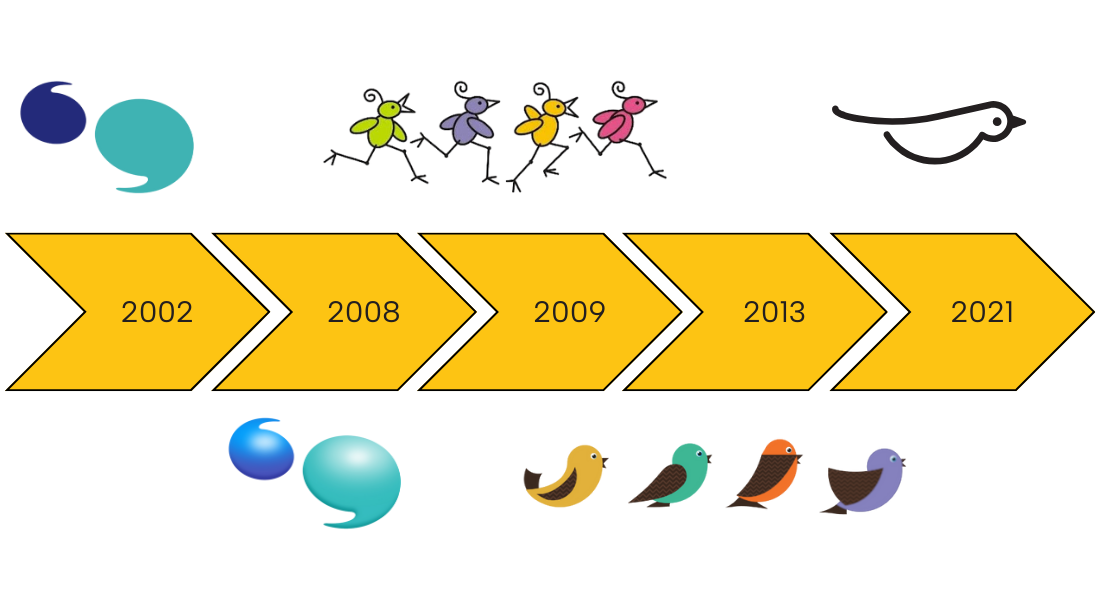T hroughout this ‘Can Do’ series, you might have seen words and acronyms like DA, UVPM, circulation, social shares, comments, backlinks, referrals, or sentiment.
They’re all quantifiable measures that we use in PR to demonstrate the value of a piece of coverage. It’s how we can see what’s working – how many people we’re reaching and through what means.
Metrics also help us to compare results from different types of activity – for example, paid media (content you have paid to place), earned media (where a publication or influencer has written about your business independently), and owned media (content hosted and promoted on your website or social media channels).
But what do these measures mean, and more importantly, what impact do they have on your business?
Here’s a quick cheat sheet on a few of the key measurements we’ve mentioned in this series and what they mean in real terms:
DA and backlinks
DA stands for domain authority and is a measure of the relevance, quality and trustworthiness of a website. Lots of things impact a website’s DA, including the number of links to it from other reputable sites, and the relevant keywords used.
DA has a direct impact on how search engines like Google rank a website in their results. Sites are scored from 0 to 100 – the higher the better. The most prestigious sites, such as national newspapers and .gov sites, usually rank in the 90’s, while newer sites are lower.
This means that an article on a site with a higher DA is likely to appear further up a SERP (search engine results page), so if your brand is covered by a high DA site the article is more likely to be seen.
If a high DA site links to your company’s website (a backlink), this is also a message to the search engine that your website is worth looking at, increasing the DA of your own site and making it more likely to be found in a search.
However, sites with the highest DA are less likely to provide a backlink, so if building the DA of your company’s website via backlinks is one of your main PR aims, targeting websites with a mid-range DA can be a better strategy for securing them.

UVPM, circulation and OTS
Unique views per month (UVPM) and circulation are ways of measuring the number of individuals who visit a website or read a print publication, respectively. OTS (opportunity to see) is similar to UVPM and circulation, in that it is based on the number of people viewing a particular outlet, but it more commonly refers to the number of people viewing paid media, instead of owned or earned.
In the UK, the highest circulation print newspaper is The Metro, with the average copy being read by nearly 1.5 million people daily, while The Daily Mail has the highest UVPM of any UK newspaper at 360 million. A paid piece of content placed in one of these titles, for example, will have a far higher OTS figure than a smaller publication.
So higher is always better, as it means the publication is reaching a larger audience, right? Not necessarily. While being featured in a national means there’s more potential for people to see and become aware of your brand, the audience may not be as interested or engaged with the content as readers of a specialist trade publication. Take a look at Lizzie’s blog on measuring coverage to find out more about these readership metrics.
Sentiment
This is a way of measuring the impression an audience will get of your brand or product by reading a piece of coverage, content or a social post.
Using AI and natural language processing, sentiment analysis tools can identify the sentiment of coverage, based on the language used. Such tools will usually score or classify coverage as very positive, positive, neutral, negative, or very negative.
However, as is true of many AI tools, automated sentiment analysis isn’t perfect and can’t always understand nuance, sarcasm, or humour, for example.
AVE and column inches
Finally, any jargon busting guide would be incomplete without mentioning two outdated measures you certainly shouldn’t be using and will never see in any of our reports – AVE (Advertising Value Equivalent) and column inches.
AVE is calculated by physically measuring the space occupied by a piece of coverage in a newspaper (column inches) and weighting it against the equivalent cost to buy advertising space. Paid media and owned media each have their own value within a campaign. The two should never be compared. We could write much more about this outdated measurement tool, but we won’t give it the airspace!
As discussed by my colleagues throughout this series, evaluation is never as simple as a quantitative metric, and the true value of PR can rarely be boiled down to numbers alone. But the terms above are some of the most common that you’re likely to see as part of the measurement mix.
Share this:





